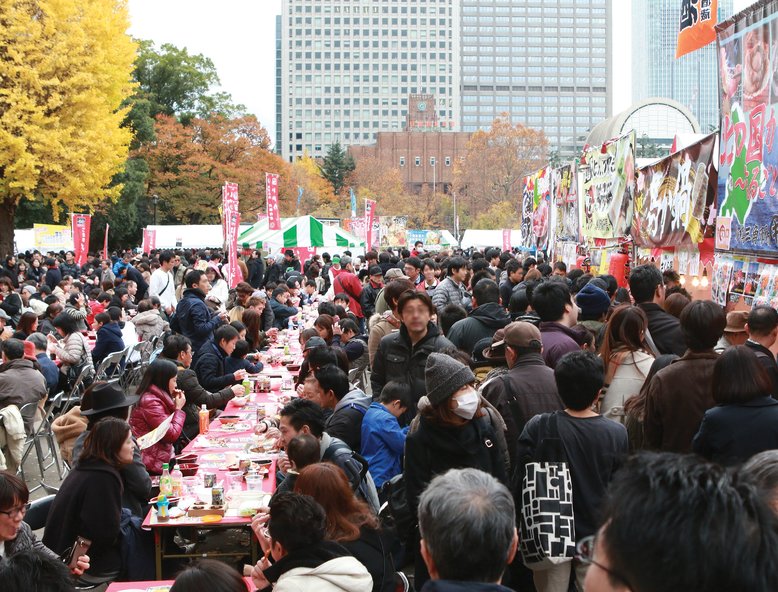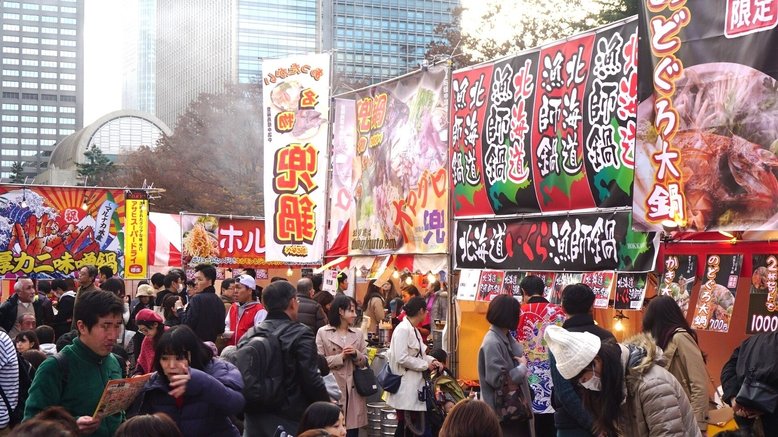Every region has their specialty…
One of the most popular types of nabemono is sukiyaki, which features a shoyu and mirin soup base, and ingredients like thinly sliced beef, tofu and leek. If you’re travelling through the Kanto region in eastern Japan, you’re likely to try the version where the ingredients are simmered together with the soup base. However, in the Kansai region (western Japan), the meat is heated in the pot first. Only when the meat is almost cooked do you add the sugar, mirin and shoyu. The vegetables and other ingredients are added last.
.jpg)
… but there are some particularly unique variants.
In the western region of Kansai, wild game is still hunted in the mountains surrounding Gifu and Hyogo prefectures. As such, this area is popular for its botannabe, which features wild boar meat cooked in a red miso broth until the gamey, fatty meat becomes tender.

Motsunabe, a specialty in Fukuoka
 Ishikarinabe, a specialty in Hokkaido
Ishikarinabe, a specialty in Hokkaido
There are food festivals dedicated to nabe.
 The annual Nabe Festival in Hibiya Park, Tokyo
The annual Nabe Festival in Hibiya Park, Tokyo
 Nabe Festival is a great way to try different types of nabe from all over Japan
Nabe Festival is a great way to try different types of nabe from all over Japan
Eating nabe warms the stomach and the soul
In the cookbook “Donabe: Classic and Modern Clay Pot Cooking” co-authored by Naoko Takei Moore and Kyle Connaughton, the writers talk about the joys of nabe. Describing the uniquely Japanese concept of “ichigo-ichie”, which means “for this moment only”, they write, “This expression evokes how sharing a hot pot meal at the same table creates an intimate communal experience… and it teaches the concept of ichigo-ichie [where] every moment is a once-in-a-lifetime treasure.”
Try these other warm dishes from different spots in Asia.
READ MORE ON THIS TOPIC



 The annual Nabe Festival in Hibiya Park, Tokyo
The annual Nabe Festival in Hibiya Park, Tokyo